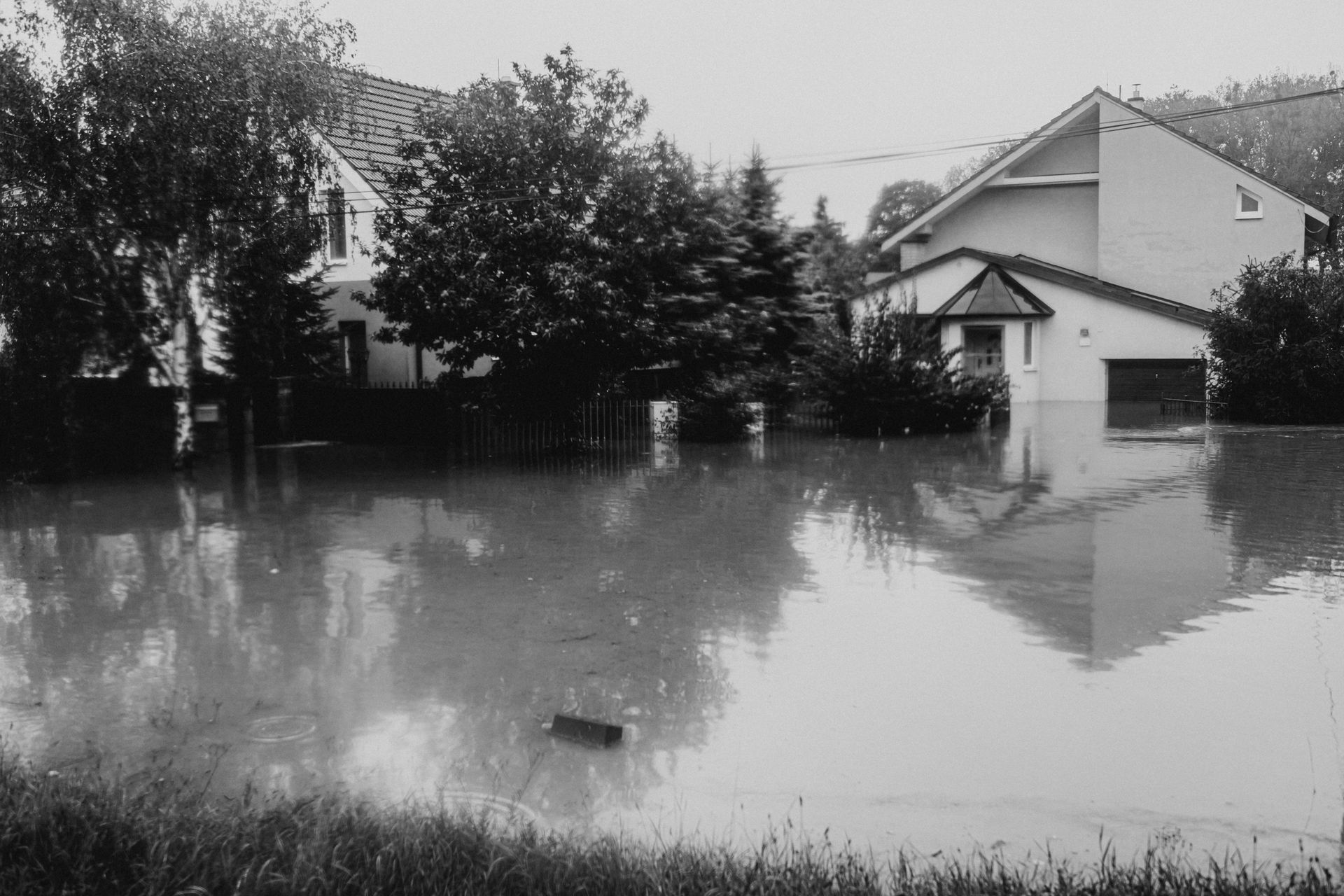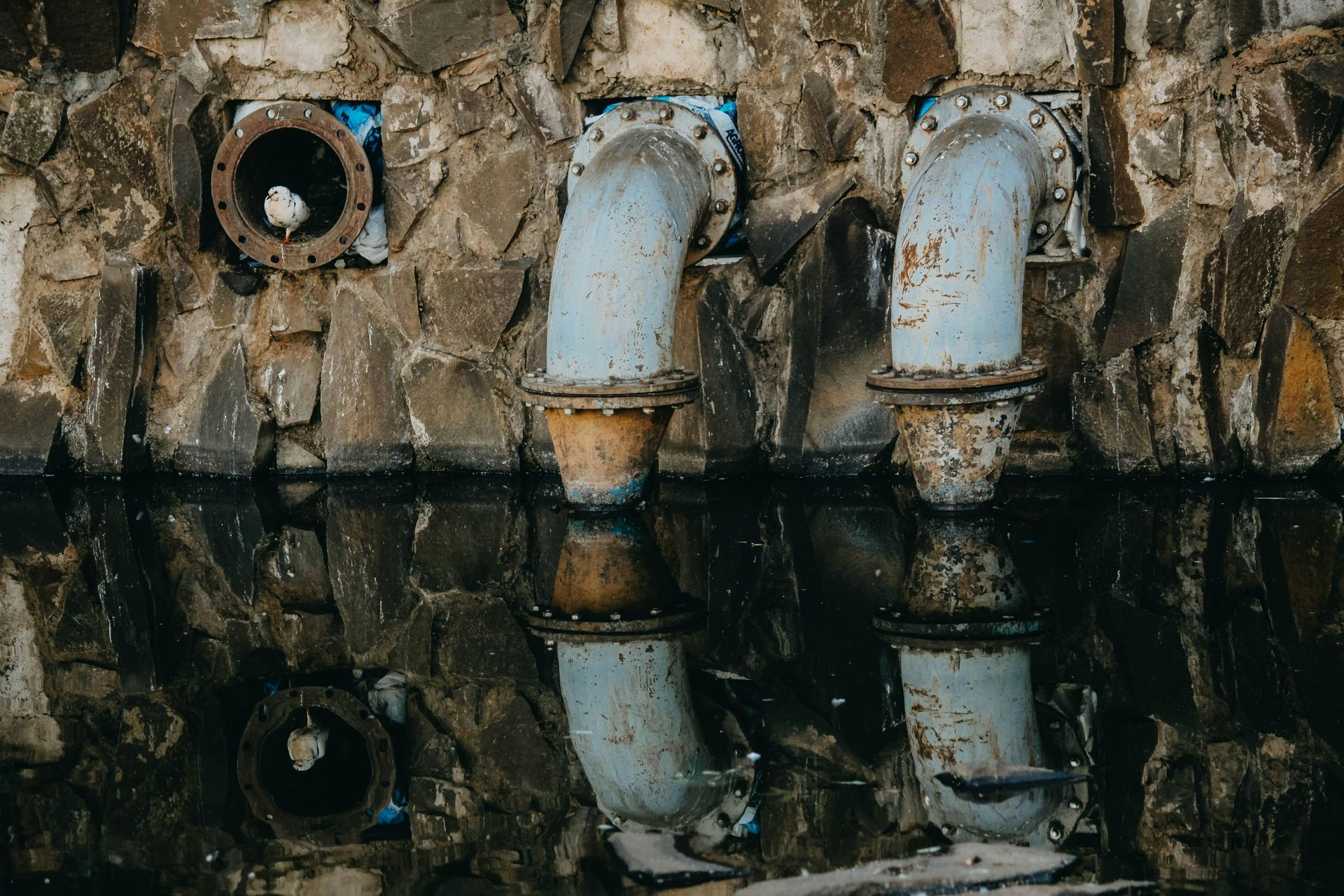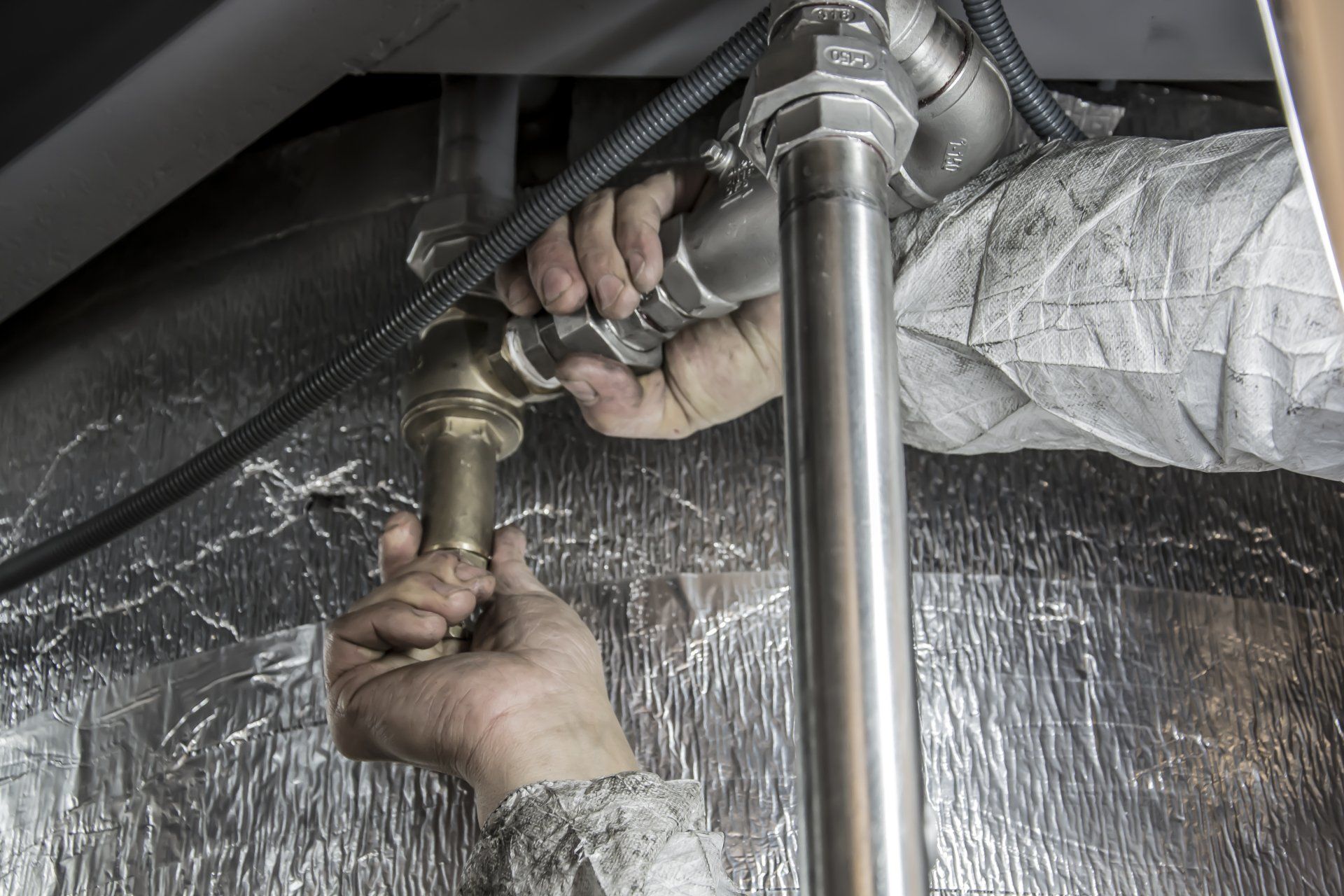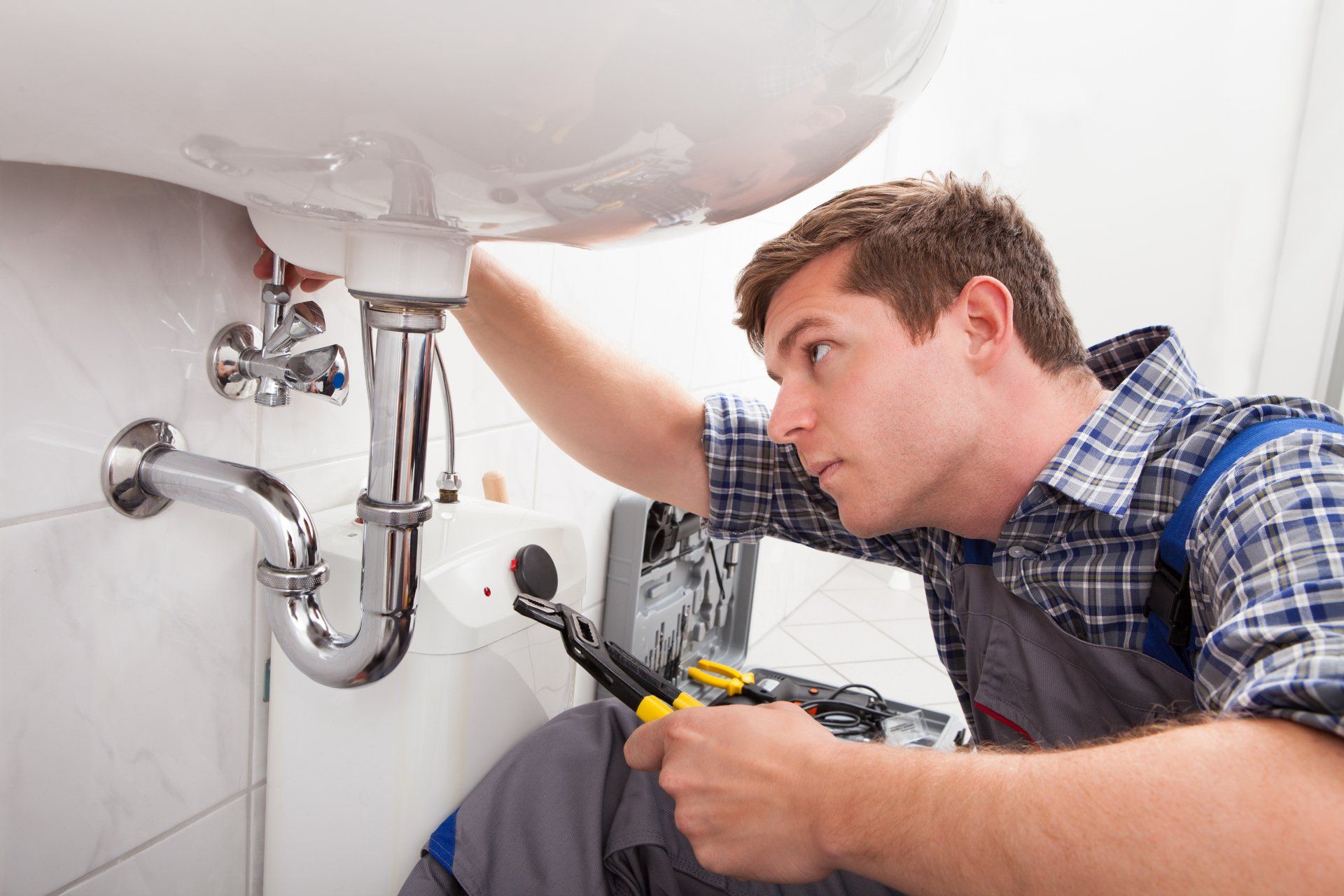How Rain Can Affect Your Sewer Lines
How To Be Prepared For Rain

How Rain Can Affect Your Sewer Lines and What to Do About It
Rain is essential for maintaining the environment and replenishing water sources, but excessive rainfall can pose serious challenges for your sewer system. Whether it’s a light drizzle or a heavy downpour, rainwater can infiltrate your sewer lines in several ways, potentially leading to blockages, backups, and costly repairs. Here’s how rain can impact your sewer system and what you can do to prevent problems.
1. Sewer Line Overload
During heavy rain, the volume of water entering the sewer system increases significantly. In many cities, stormwater and wastewater share the same sewer pipes, which can quickly become overwhelmed. When the system reaches capacity, it can lead to sewer backups into homes, streets, and businesses, creating health hazards and property damage.
2. Infiltration and Inflow Issues
Rainwater can enter sewer lines through cracks, leaks, or improperly sealed joints. This process, known as infiltration, increases the volume of water in the system, putting extra strain on wastewater treatment facilities. Inflow occurs when rainwater directly enters the sewer system through downspouts, sump pumps, or improperly connected drains, further exacerbating the problem.
3. Tree Root Intrusion
Excess moisture from rain can encourage tree roots to grow deeper in search of water, sometimes infiltrating sewer pipes through small cracks or joints. Once inside, roots can expand, leading to blockages and pipe damage. This issue is especially common in older sewer systems with clay or cast-iron pipes.
4. Soil Shifting and Pipe Damage
Heavy and prolonged rainfall can cause soil to shift, settle, or erode, putting pressure on underground sewer lines. This movement can lead to misaligned pipes, cracks, or even collapses, resulting in slow drainage or complete system failures.
5. Sewer Backups and Flooding
When the sewer system is overloaded, water may flow backward into homes and businesses, leading to backups in toilets, sinks, and basement drains. This can cause significant water damage, contamination, and expensive cleanup efforts.
How to Protect Your Sewer System from Rain Damage
1. Regular Sewer Line Inspections
Scheduling routine inspections with a professional plumber can help identify potential issues before they become major problems. Video inspections can reveal cracks, root intrusion, and blockages early on.
2. Maintain Proper Drainage
Ensure your property’s drainage system is working efficiently by keeping gutters, downspouts, and storm drains clear of debris. Redirect downspouts away from your home’s foundation and ensure sump pumps discharge water properly.
3. Repair or Replace Damaged Pipes
If you have old, cracked, or damaged sewer lines, consider having them repaired or replaced. Modern trenchless sewer repair techniques can fix issues with minimal disruption to your yard.
4. Avoid Pouring Grease and Debris Down Drains
Grease, oil, and debris can accumulate in your pipes and contribute to blockages, especially during heavy rainfall when sewer systems are already under strain. Dispose of these materials properly to keep your pipes clear.
5. Install a Backwater Valve
A backwater valve can prevent sewage from backing up into your home during heavy rain events. This one-way valve allows wastewater to flow out but prevents it from coming back in when the system is overloaded.
6. Monitor Trees Near Sewer Lines
If you have trees near your sewer lines, consider having a professional inspect them for root intrusion. Root barriers or regular maintenance can help prevent roots from damaging your pipes.
Final Thoughts
Rain can significantly impact your sewer lines, leading to backups, damage, and costly repairs. By taking proactive steps, such as regular inspections, maintaining proper drainage, and installing protective measures, you can help safeguard your sewer system against rain-related issues. If you suspect any problems, don’t wait—contact a professional plumber to assess and address potential concerns before they escalate.



